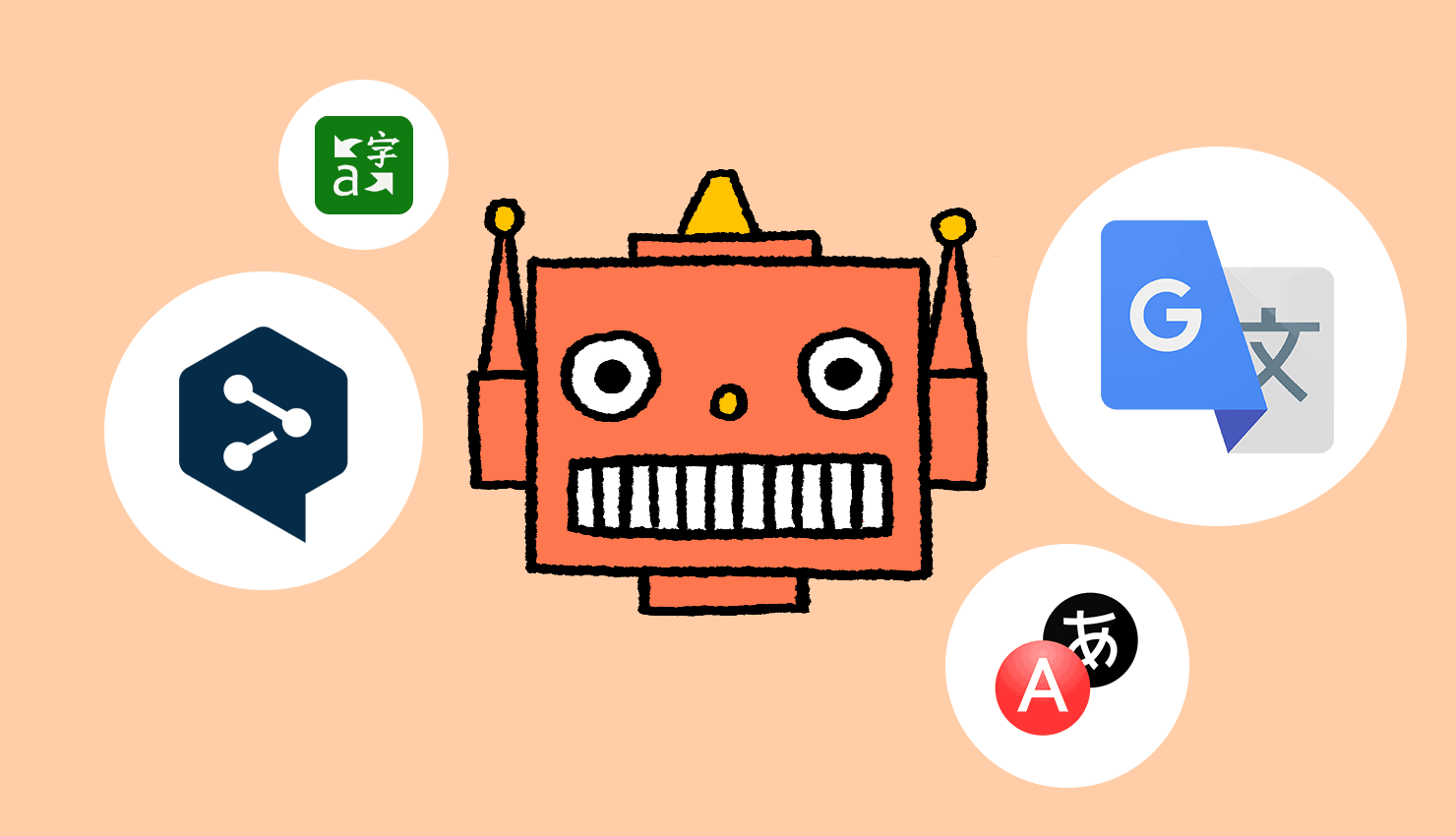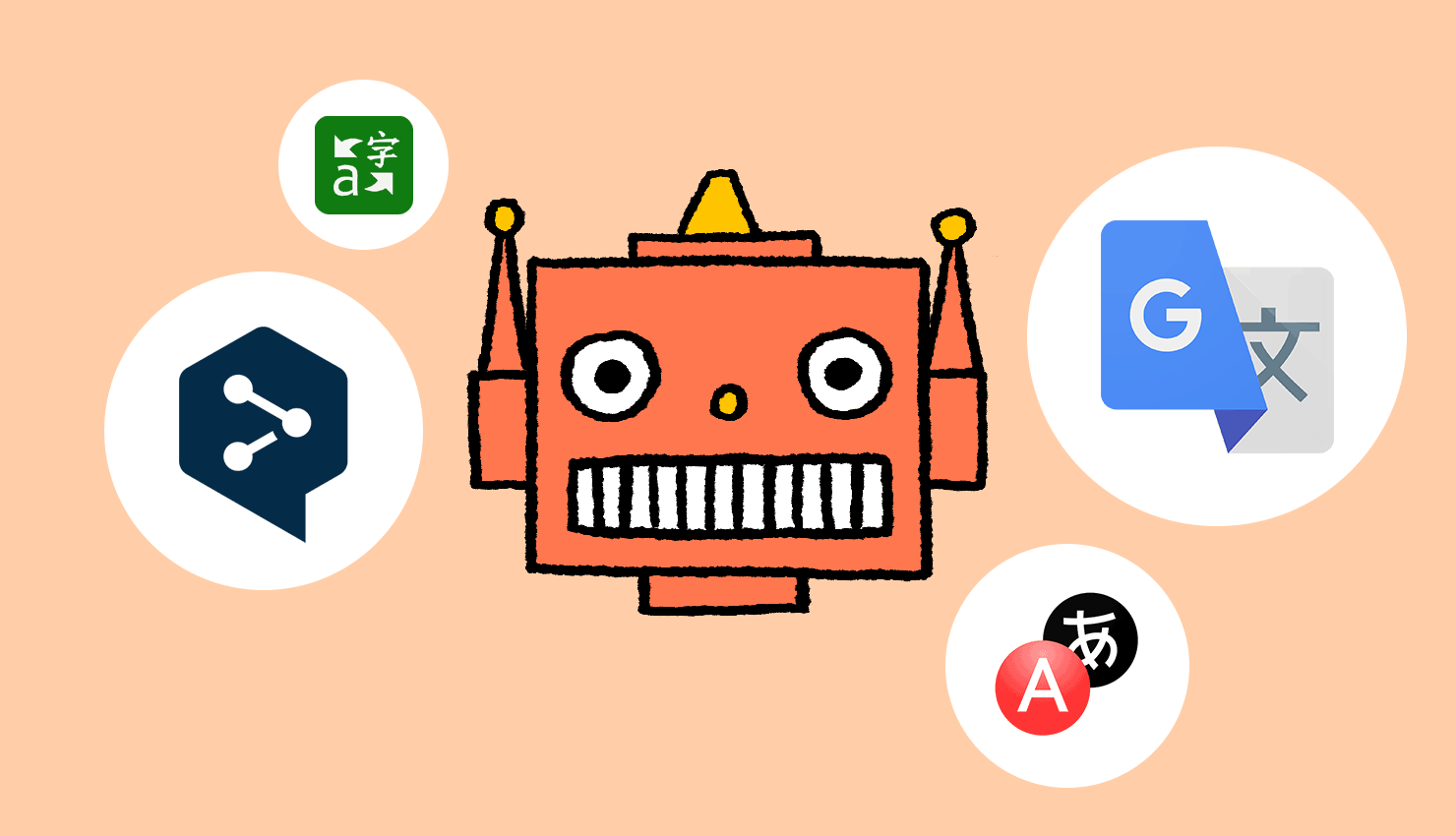
Machine Translation and Neural Networks in Game Localization: Leveraging Automation and Human Expertise
Machine translation and neural networks have revolutionized the game localization process, offering new possibilities for efficient and accurate translation. In this article, we'll examine how machine translation and neural networks can be used to localize video games, with a particular emphasis on how automation and human skill can be combined to produce excellent localized gaming experiences.

1. Advantages of Machine Translation in Game Localization
In game localization, machine translation (MT) offers a number of advantages. This provides larger project scalability, quicker response times for translations, and a foundation for human translators to iteratively improve translations. MT expedites the localization procedure, allowing developers to more quickly access international markets.
2. The power of Neural Networks and Neural Machine Translation (NMT)
The quality of translation has substantially increased because of neural networks, particularly neural machine translation (NMT) models. Translations produced by NMT are more precise and context-sensitive because they are based on neural networks and big datasets. The player experience is enhanced overall thanks to this technology, which lowers the possibility of translation errors.
3. Importance of Human Skills and Post-Editing
Even though computer translation has advanced, human skill is still essential to game localization. In order to achieve accurate and culturally relevant translations, human translators have linguistic and cultural expertise. Post-editing, in which translators examine and modify automatically translated text, is essential for enhancing the final product, addressing nuance, and preserving consistency. For the purpose of locating and fixing faults or translation errors, human skills and quality assurance procedures are needed.
Game localization has been altered by machine translation and neural networks, which now provide quicker and more scalable solutions. To produce a high-quality local gaming experience, automation and human skill must work in tandem. Developers can offer precise, culturally appropriate, and engaging gaming experiences to gamers all over the world by using machine translation as a support tool and combining it with human translators' linguistic and cultural expertise. Finding the ideal ratio between automation and human interaction makes sure that the localization process satisfies the particular needs of each game and target audience.